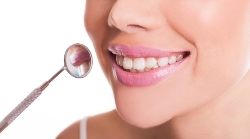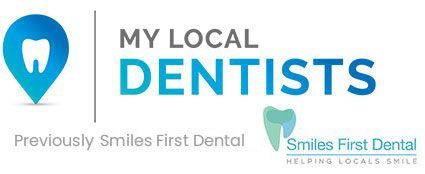Oral Health Northmead
Today’s Dental Health Compared To That In The Stone Age
 The prevalence of dental health anomalies continues to be the problem to this day and age. Despite the substantial progress in our approaches when it comes to dealing with these concerns, our dental health in general is continuously at risk. In fact, a survey reveals that 75 per cent of adults wish they took better care of their teeth and gums. Only 11 per cent of the population rate their oral wellness as excellent.
The prevalence of dental health anomalies continues to be the problem to this day and age. Despite the substantial progress in our approaches when it comes to dealing with these concerns, our dental health in general is continuously at risk. In fact, a survey reveals that 75 per cent of adults wish they took better care of their teeth and gums. Only 11 per cent of the population rate their oral wellness as excellent.
Have you ever wondered how our current situation compares to dental health back in the stone-age? The answers are most likely to surprise you.
In order to make this comparison, a team of researchers from all over the world examined genetic materials that had been preserved in tartar found on prehistoric human skeletons. The researchers used these samples to get a better understanding of how oral bacteria changed throughout history, from the Stone Age to the Industrial Revolution.
According to the lead author, by analysing the genetic material found in plaque, they were able to create records of how dietary choices and other relevant factors impact the overall status of our ancestors’ dental and oral health.
